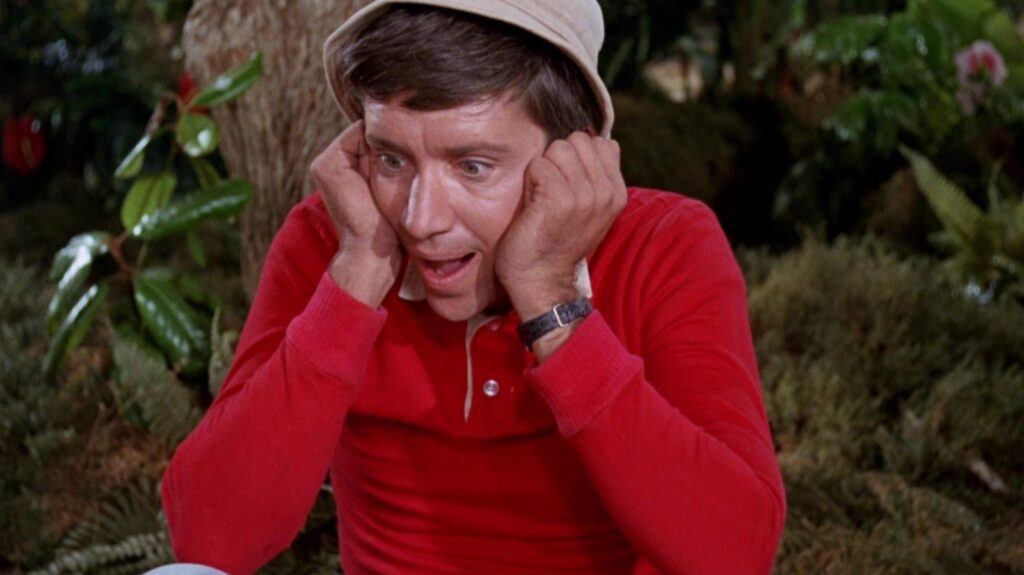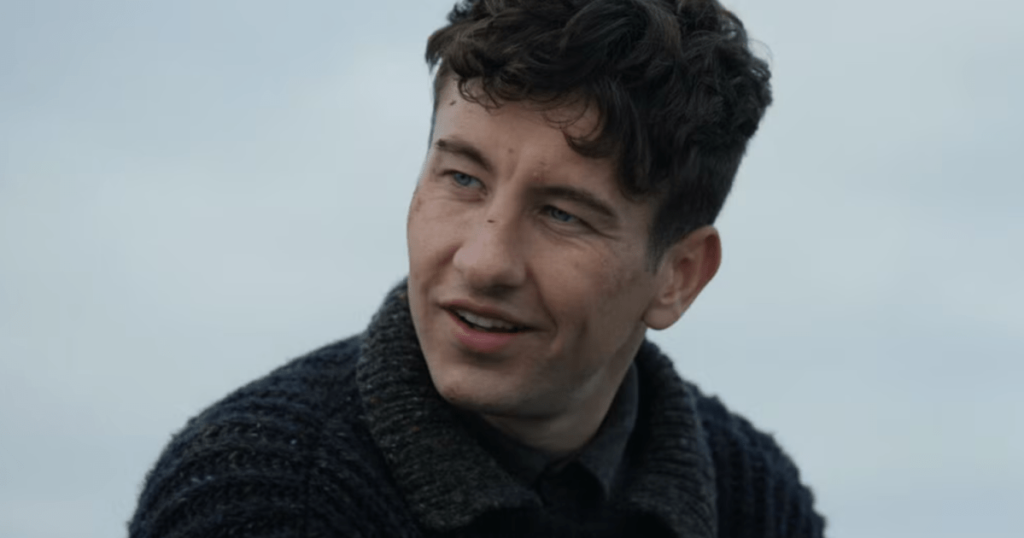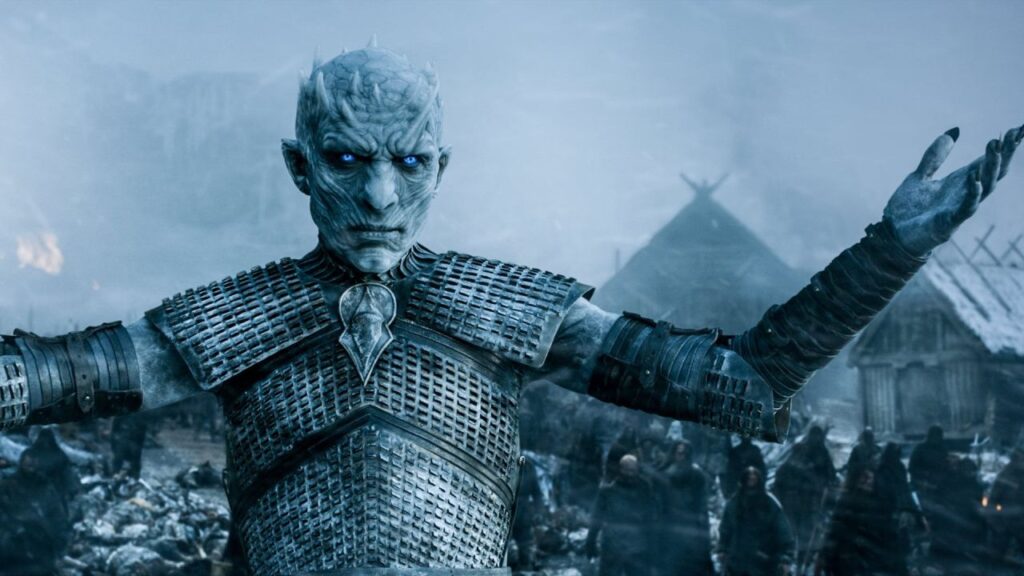
The premise of Sherwood Schwartz’s popular 1964 sitcom “Gilligan’s Island” is handily explained in its theme song: five passengers check into a three-hour boat tour, run by the skipper and first mate of a tiny tourist boat called the S.S. Minnow. The ship hits some bad weather and is thrown miles off course, landing on an uncharted desert isle. The seven tourists become seven stranded castaways. No phones, no lights, no motorcars, not a single luxury. Like “Robinson Crusoe,” it’s as primitive as can be. The septet have to learn to live together, usually to comedic effect.
Gilligan (Bob Denver) was the above-mentioned first mate, and his innocent cluelessness and tendency to bumble often thwarted the castaways’ ability to escape. He shared the island with his Skipper (Alan Hale), a professor (Russell Johnson), a pair of married millionaires (Natalie Schafer and Jim Backus), a farmer (Dawn Wells), and a screen actress (Tina Louise). In a refreshingly democratic twist, the castaways all seem to get along well, and their miniature community thrives; few “Gilligan’s Island” stories center on intense interpersonal conflict.
Schwartz has said in interviews that the germ for “Gilligan’s Island” was merely putting seven disparate characters in a situation where they were forced to interact. Schwartz initially thought that an office building would be a good place for that, but he didn’t like the idea of a workplace drama, as the characters would be allowed to go home at the end of the day. On “Gilligan’s Island,” they were forced to stay together 24/7.
“Gilligan’s Island” was hugely popular at the time, and, thanks to awesome syndication deals, stayed in reruns for literally decades thereafter. “Gilligan’s Island” is part of American culture now. Naturally, other showrunners and writers have thought to emulate the series in one way or another, and many of “Gilligan’s” children can be now be enjoyed.
Here are a few shows (and one movie) like “Gilligan’s Island.”
Lost (2004 – 2010)
Perhaps the most obvious parallel to Schwartz’s show is J.J. Abrams’, Damon Lindelof’s, and Jeffrey Lieber’s ultra-popular mystery series “Lost.” “Lost” also takes place on an uncharted desert isle, this time following plane crash survivors. Unlike “Gilligan’s Island,” “Lost” delves deeply into each character’s backstory, and explains why they were on that ill-fated flight to begin with. But like “Gilligan’s Island,” the island itself seems to be a magnet for eerie and unexplained phenomenon. “Lost” features a polar bear and a mysterious smoke monster. “Gilligan’s Island” gets visits from war-ready gorillas, robots, and the Harlem Globetrotters. Also unlike “Gilligan’s Island,” the island on “Lost” has a mysterious … thing … in the ground, and it seems to be warping the fabric of reality. “Gilligan’s Island,” meanwhile, took place in a cartoonish world where reality was just kind of naturally warped.
“Lost” is far less democratic than “Gilligan’s Island” as well. Some of the characters on “Lost” collaborate to survive, but ersatz factions begin to form, and certain characters begin to form their own schemes and goals without telling any of the others. “Lost” has protagonists and antagonists. “Gilligan’s Island” has only friends.
“Lost” wasn’t just a big hit, but popularized a certain kind of “mystery box” storytelling that bled widely throughout all pop TV of the era. Viewers were encouraged to keep watching, as the central mysteries of the show wouldn’t be explained until much later. On “Gilligan’s Island,” we didn’t need the mysteries. We could just accept that everyone brought multiple trunks of clothes on a three-hour tour.
Dusty’s Trail (1973 – 1974)
A decade after “Gilligan’s Island,” Sherwood Schwartz tried to recreate his show’s success by essentially repeating a similar premise in a new genre. “Dusty’s Trail” also starred Bob Denver and a similarly bumbling character, and Forrest Tucker played his very Skipper-like captain. There was also an intellectual (Bud Cort), a glamorous dancehall girl (Jeannine Riley), a farmer (Lori Saunders), and a pair of married millionaires (Lynn Wood and Ivor Francis). Only this time, instead of being lost on a desert island, the septet would be lost on the American frontier in the 1880s.
The S.S. Minnow was now a stagecoach on its way to California, but it would become separated, and the main characters would spend the series wandering around the deserts of the Old West, unable to get back on track. Given that it’s easy to navigate by the sun and the stars, this premise seemed less plausible. “Dusty’s Trail,” in its setup, was more like “Wagon Train” than “Gilligan’s Island.”
In terms of its characters, though, it was identical. Denver’s Dusty was almost exactly the same as his Gilligan, and the “Island” character dynamic was the same, even with a new cast. If one every wanted to see what “Gilligan’s Island” would look like as a Western, “Dusty’s Trail” remains ready for discovery.
Cast Away (2000)
This may be an obvious choice, but it is apt. “Gilligan’s Island” is about seven stranded castaways on a tropical island paradise, while Robert Zemeckis’ survival drama “Cast Away” is about only one. Tom Hanks plays a FedEx delivery man named Chuck Noland whose plane crashes into the ocean, and who washes up on the short of an uncharted desert isle. The film details, step-by-step, what Chuck does to survive. He finds coconuts to eat, teaches himself how to make fire, and learns to spear crabs and fish. He finds a way to secure water and make rope. Chuck turns from a comfortable city-dweller into an island denizen. Like on “Gilligan’s Island,” he also makes use of random items that wash up on shore; he constructs an axe out of a pair of ice skates, for instance.
There are no other people on the island with Chuck, so he creates a companion in the form of a painted volleyball he names Wilson. Wilson gives Chuck something to talk to and to retain his sanity.
“Cast Away” is the survival drama that “Gilligan’s Island” deliberately eschewed. Food and water came easily to the people on Gilligan’s Island, and their clothes were always clean. Chuck, meanwhile, didn’t have such magic to assist him. In a way, “Cast Away” and “Gilligan’s Island” are two sides of the same coin. One posits that tenacity is required to survive in isolation, while the other posits that comfort can be had in groups.
Star Trek: Voyager (1995 – 2001)
The “Star Trek” version of “Gilligan’s Island” came in 1995 with the release of “Star Trek: Voyager,” a series about the title ship becoming lost in deep, deep space, 75 years travel from Earth. “Voyager” dealt a little bit with the scarcity that a starship might experience many years from the nearest ally or reliable source of repair, but mostly explored how the power dynamic aboard a hermetically sealed, isolated starship might evolve as time passes.
The denizens of “Gilligan’s Island” came together and formed a democratic dynamic where everyone thrived. “Voyager” saw the title starship taking on several resistance fighters from a group called the Maquis and assimilated them almost immediately. As time passed, the ship’s captain (Kate Mulgrew) became increasingly authoritarian, affecting a “what I say, goes” attitude.
The U.S.S. Voyager also had a few character parallels to “Gilligan’s Island.” The bumbling Gilligan character became the jolly Talaxian Neelix (Ethan Phillips), the intellectual professor became the stern Vulcan Tuvok (Tim Russ), and the flashy, “glam” character was gender-flipped to be the hotshot pilot Tom Paris (Robert Duncan McNeill). The innocent farm girl became the naive Harry Kim (Garrett Wang), as well as the gentle moral character Kes (Jennifer Lien). The Skipper (Mulgrew) never hit people with her hat, luckily. Because “Star Trek” takes place in a post-capitalist world, there were no married millionaires.
Survivor (2000 – present)
CBS debuted Charlie Parsons’ reality competition series “Survivor” in 2000 and, appropriate to its title, it has remained on the air ever since, spawning 682 episodes over the course of 47 unique seasons. “Survivor” was the American version of a Swedish competition show called “Expedition Robinson,” created by Parsons in 1997. Both “Survivors” are essentially the game show version of “Gilligan’s Island.” Contestants, called castaways, are split into two teams, or “tribes,” and sent to a desert island where they compete in desert island-themed survival challenges. They have to live on the island for 39 days, and contestants are regularly voted off the island by their teammates. The final survivor wins a prize of $1 million.
“Survivor” has essentially served as a decades-long experiment to see if the egalitarian democracy of “Gilligan’s Island” would work in real life (or as real as competition TV shows allow). Would teams get along? And how would the castaways feel when one of their own begins letting down the whole team? On “Survivor,” they’re not allowed to bolster their peers, as they are forced to vote someone off. The makers of “Survivor” manufacture a great deal of competitive tension this way.
The success of “Survivor” spawned innumerable knock-offs and imitators, until the entire trend looped back around. In 2004, TBS launched “The Real Gilligan’s Island,” which staged “Survivor”-like competitions, but with two teams of seven, each selected because they looked like the cast of Schwartz’s sitcom. The “Ginger” characters were played by real-life actresses, for instance. The Millionaires were actual millionaires. “The Real Gilligan’s Island” only lasted 10 episodes, however, canceled after two seasons.


